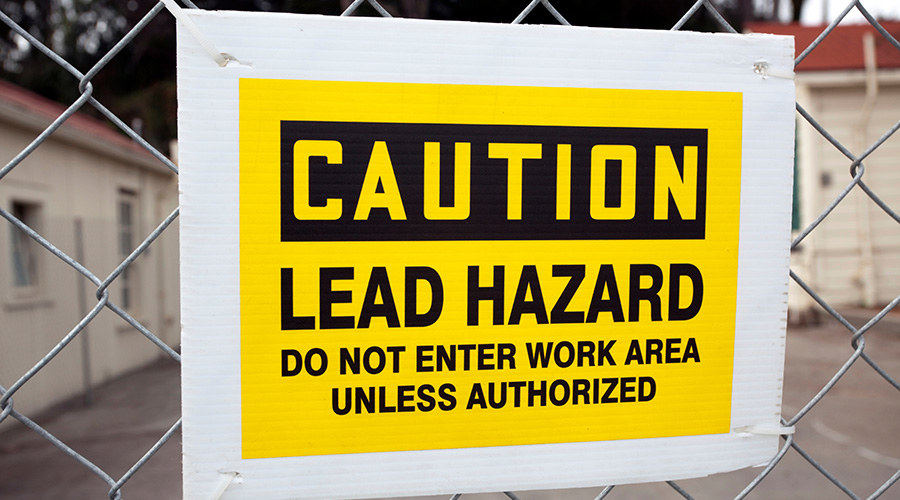Benefits of Facility Condition Assessments
Facility condition assessments can help justify costly projects
Public funding for facilities is a challenge in K-12 school districts, as facility executives often find themselves competing with other educational priorities for the money to take on building upgrades.
Within Baltimore Public Schools, where the district’s facilities funding pot also includes teacher pay and other classroom needs, that matchup often finds facilities in a losing battle.
“In most other school districts, you rely on your capital funds to support your building infrastructure, but for Baltimore City Schools, those funds are coming out of your general fund, which is always problematic,” says Lynette Washington, the chief operations officer.
Baltimore conducted a facility condition assessment (FCA) about 10 years ago to receive state funding — a decision that helped the district gather the funding it so desperately needed.
The district has a capital budget of about $50 million annually, allowing it to take on about 10 projects a year upgrading components such as HVAC systems, roofing, doors, windows and lighting. Industry standards would indicate that Baltimore’s needs require $150 to $200 million annually, Washington says.
In a district with about 140 buildings spread over 12 million square feet and serving more than 75,000 students, the money gets spent quickly. Washington says the district prioritizes emergency projects and focuses on systems that are well beyond their useful life and close to failing.
The FCA cost the district upwards of $1 million, which was spread out over time. But it proved worth the investment to receive the necessary funding.
“The first time we did the assessment was to create the narrative of what was happening with the Baltimore City Schools’ infrastructure, and to show the state legislature that the conditions of our facilities were in such poor condition,” Washington says. “The resources that we had at that particular time, both in the state investment and the city, was not sufficient enough for us to build new schools. All we were doing was putting Band-Aids on our existing infrastructure.”
For school districts looking to upgrade their facilities, an FCA can help facility executives achieve their goals for their buildings.
Why an FCA?
FCAs are an evaluation of the physical condition of buildings and their systems and infrastructure. For organizations looking to understand the state of their assets — are they too old and in need of replacement or is continuing with ongoing maintenance still effective? – FCAs can help executives make important decisions about setting a plan for capital investments.
“The most important piece of a facility condition assessment is to tell the narrative about the conditions of the portfolio and for the outside people to know,” Washington says.
The results of an FCA can help executives prioritize repairs, estimate costs for maintenance, repair and replacements and help executives make data-driven decisions that ensure the better building operations.
“The biggest thing I got out of the facility assessment is the data and how you can take all the data and really develop a capital plan and allocate your expenses,” says Jeffrey Cardwell, chief operations officer at Norristown Area School District near Philadelphia. “It’s how do you want to spend your money every year to tackle those big projects that come out of those assessments.”
Dave Lubach is executive editor for the facilities market. He has a decade of experience writing about facility management and maintenance issues.
Related Topics:













